Sand Change Includes:
- Removal of old sand
- Disposal of old sand
- Filter tank wash and rinse
- Installation of new sand
*Filter sand may vary from photo
Change pool filter sand when it becomes dirty or worn out typically every 5-7 years. Dirty pool filter sand can lead to poor water quality and reduced filtration efficiency.
Regular maintenance and awareness of the condition of the pool filter sand are necessary to ensure optimal pool performance and cleanliness. A well-maintained pool filter is essential for maintaining clean and clear pool water. Over time, pool filter sand accumulates debris, contaminants, and oils from the water, affecting its effectiveness.
If left unchanged for too long, dirty or worn-out pool filter sand can lead to inadequate filtration, reduced water clarity, and potentially cause damage to the pool equipment. Regular inspection and replacement of pool filter sand every 5-7 years will help ensure that your pool operates efficiently and maintains sparkling clear water.
Signs It’s Time To Change Your Pool Filter Sand
Cloudy or turbid water is a clear indicator that it’s time to change your pool filter sand. Increased pressure on the gauge is another sign that your filter sand needs to be replaced. Poor water circulation is yet another indication that a sand change is necessary for your pool filter.
These issues can occur over time as the sand particles become worn out and ineffective at filtering debris from the water. By replacing the filter sand, you can restore the clarity and cleanliness of your pool water, ensuring a safer and more enjoyable swimming experience.
Regular maintenance and monitoring of these signs will help you determine when it’s time to change your pool filter sand to maintain optimal filtration performance.
How Often Should You Change Your Pool Filter Sand?
Pool filter sand should be changed based on several factors. The recommended timeframe for sand replacement is approximately every 3-5 years. However, this can vary depending on factors such as the quality of the sand, the size of the pool, and the amount of debris that enters the filter.
If your pool consistently has high usage or excessive debris, you may need to change the sand more frequently. On the other hand, if your pool is rarely used or you have a low level of debris, you may be able to extend the lifespan of the sand by implementing proper maintenance techniques.
Regularly backwashing and rinsing the filter can help remove trapped particles and extend the life of the sand. Additionally, using a pool cover when the pool is not in use can also help reduce the amount of debris entering the filter.
Remember that regular maintenance and monitoring of your pool filter sand is crucial to ensure optimal filtration and water quality.














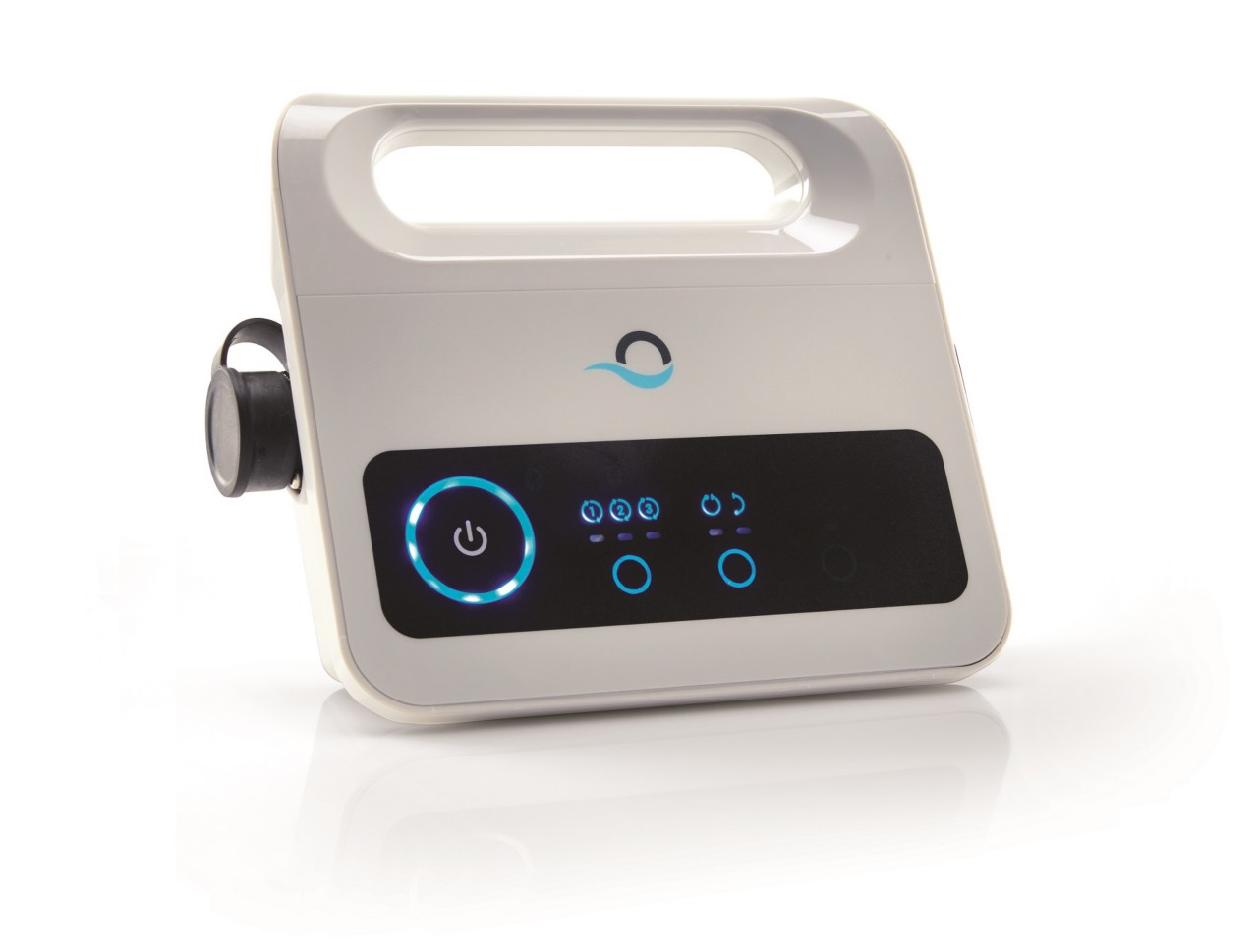

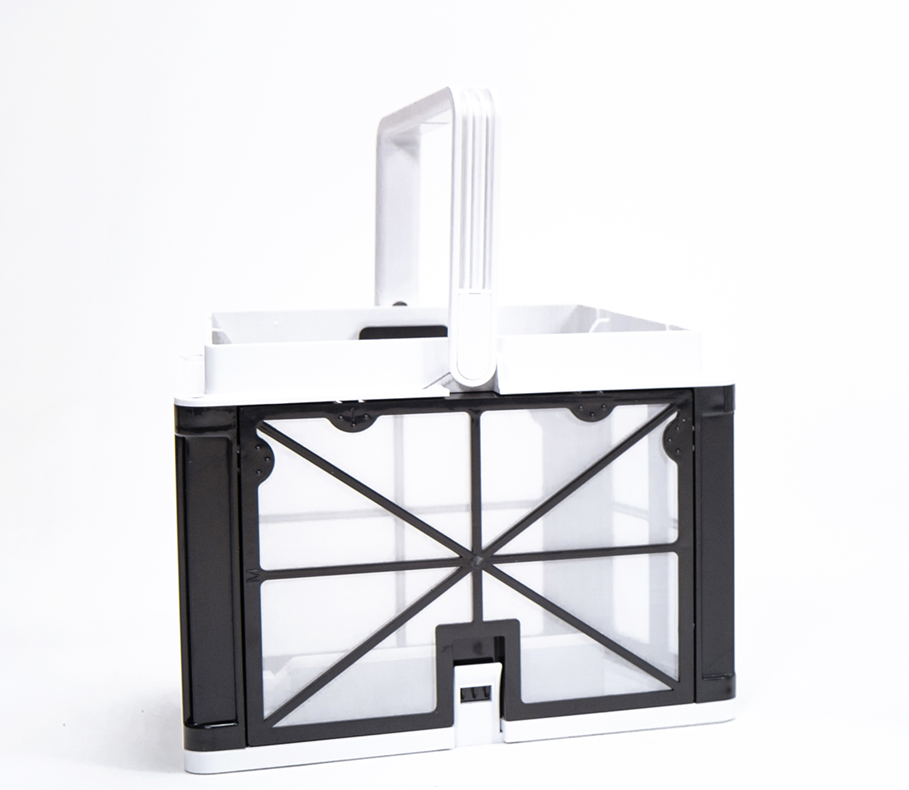
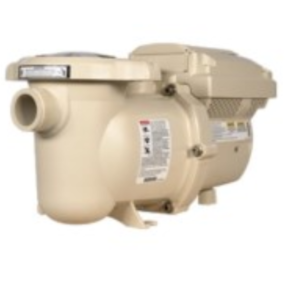


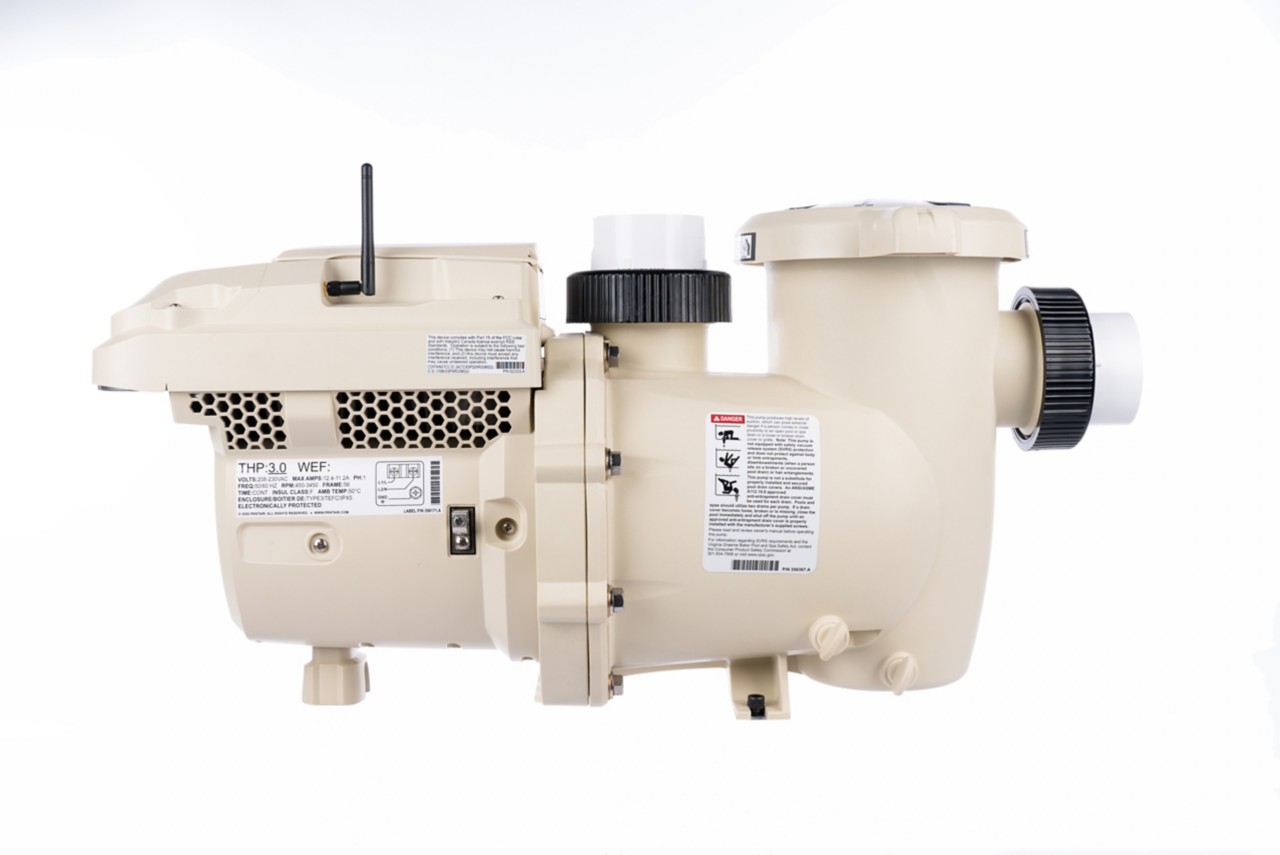




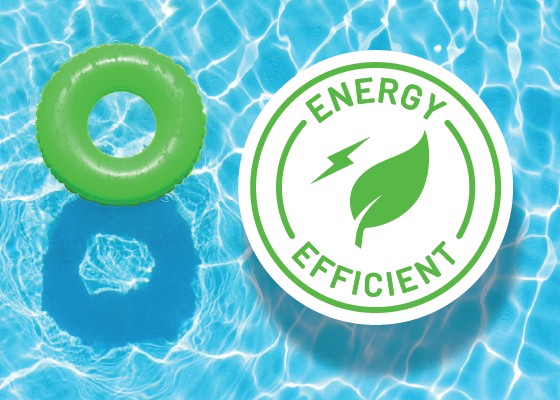







Reviews
There are no reviews yet.